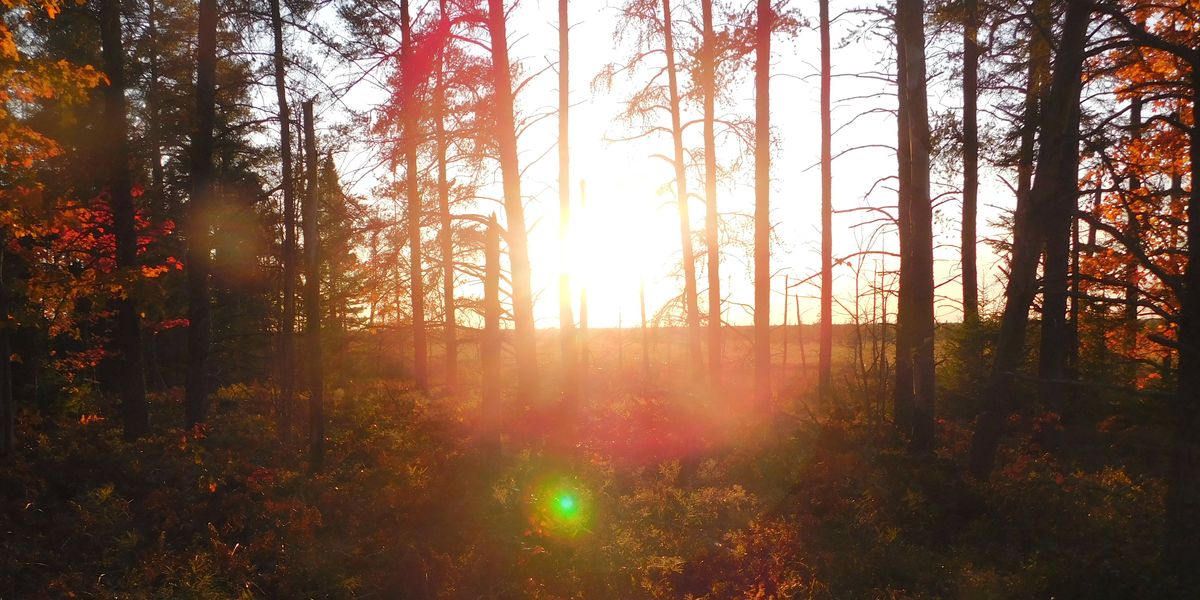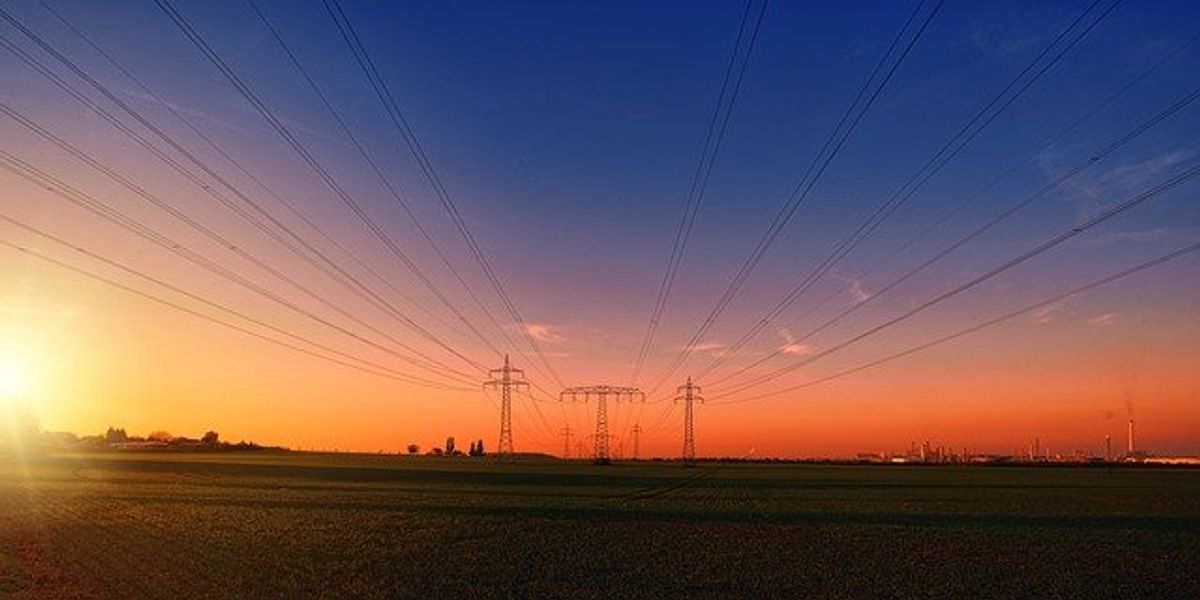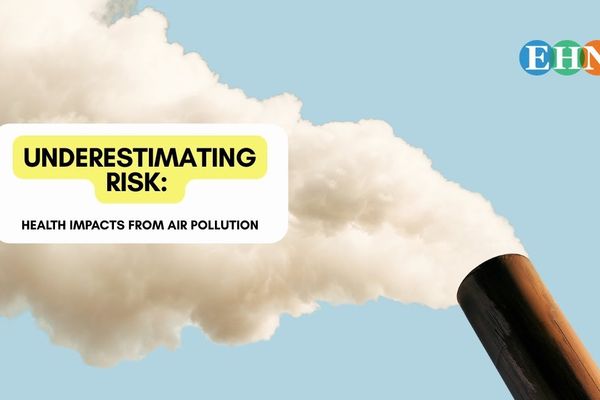
How raging wildfires overwhelmed Los Angeles suburbs, creating a catastrophe
The fast-moving Eaton Fire that swept through Altadena, California, last week destroyed thousands of homes and forced residents to confront growing risks of urban firestorms. Many other communities are vulnerable to a similar fate.
In short:
- The Eaton Fire killed at least 16 people, destroyed 7,000 structures and spread rapidly due to record heat, dry vegetation and high-speed Santa Ana winds.
- Many homes in Altadena burned as fires jumped from house to house, exposing vulnerabilities in urban planning and outdated building codes.
- Experts warn that climate change is driving more extreme weather patterns, increasing the frequency of urban wildfires like this one.
Key quote:
“It’s a new beast. Or rather, it’s a beast that existed and we thought we had controlled.”
— John Abatzoglou, climatologist, University of California at Merced
Why this matters:
Modern firefighting and building codes were supposed to have eradicated these kinds of disasters, but climate change, combined with development in fire-prone areas, have led to a new kind of urban firestorm. As these disasters grow in scale and intensity, communities face escalating risks of destruction, loss of life and long-term displacement.
Read more: Wildfires rage in Los Angeles. Why are they so bad?














